JBL's Principal Engineer talks compression drivers, speaker design and the L100 Classic
Chris Hagen knows a thing or two about speaker design
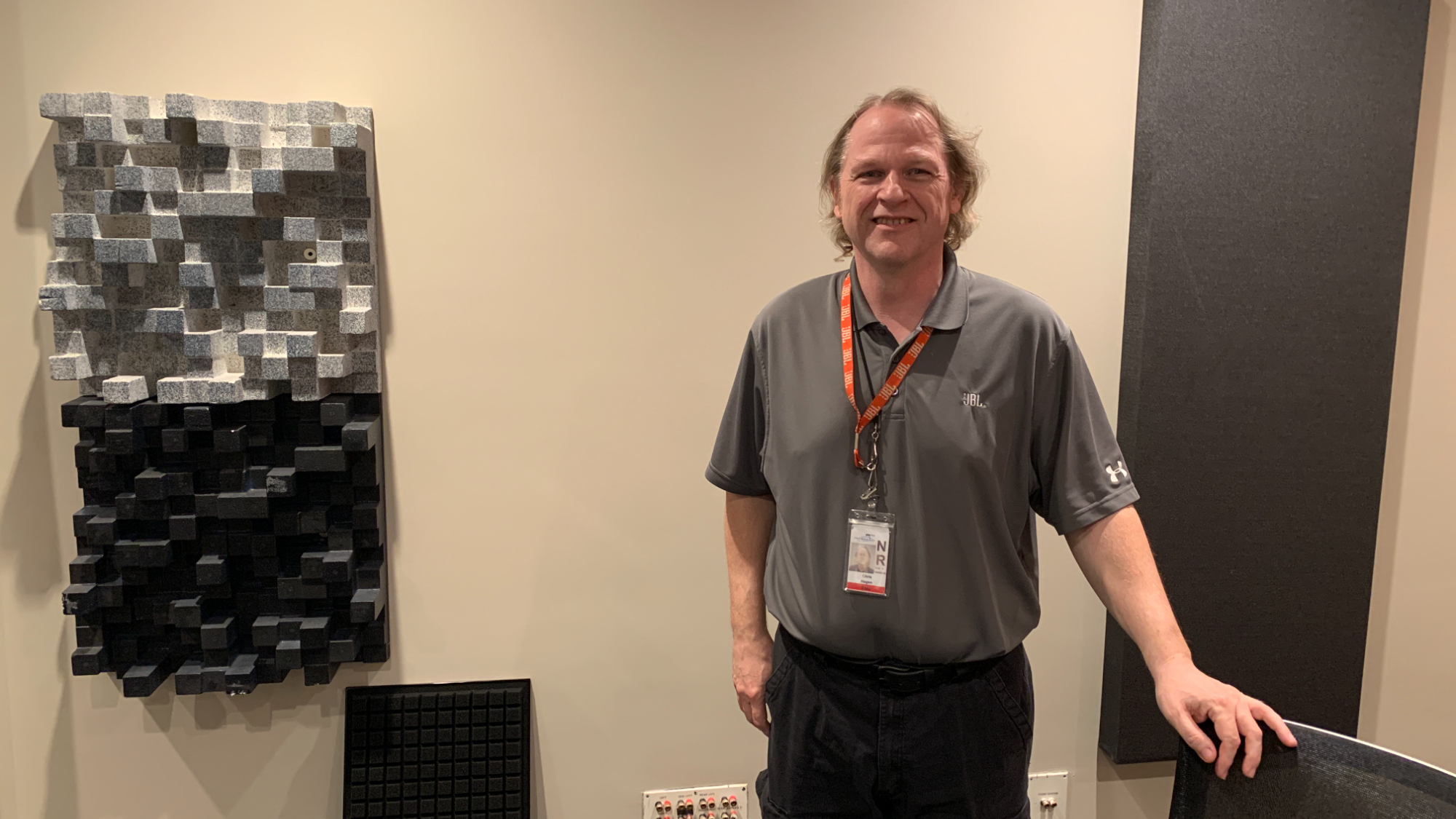
Chris Hagen's official job title is Principal Engineer for the JBL Luxury Audio Group, and he is responsible for designing some of our favourite speakers of recent years. He first started working for JBL back in 1988, his first job being to develop the L100 T3 speaker.
In a neatly poetic coincidence, one of his recent projects has been designing the reborn and hugely successful new JBL L100 Classic speakers. In our recent visit to JBL's loudspeaker facilities in Northridge, California, we spoke to him about his life in audio, where his interest started and where it led him.
What Hi-Fi?: What made you interested in hi-fi?
Chris Hagen: As a young teenager I wanted to be able to play my music whenever I wanted to. I was on an allowance and didn't have much, but was able to afford a receiver and a turntable, and then kind of ran out of cash. I saw ads in the back of US hi-fi magazines talking about building your own speakers and saving money. That started a whole journey.
At first, I just configured speakers at more of an industrial design level, and then began to learn about Thiele small parameters and how to design crossovers and calculate the parts used in them. It ultimately burgeoned into getting a job in the speaker industry.
What was the first piece of music you bought?
The very first piece of music I bought was Bill Withers Lean on Me on 45, and then the first album was Creedence Gold by Creedence Clearwater Revival.
Get the What Hi-Fi? Newsletter
The latest hi-fi, home cinema and tech news, reviews, buying advice and deals, direct to your inbox.
What was your first hi-fi system?
So those two records were played on my mum’s Sears portable, but the first system that I bought was a Sansui 771 receiver and a BIC, I think it was a 960 but it may have been the 980, turntable.
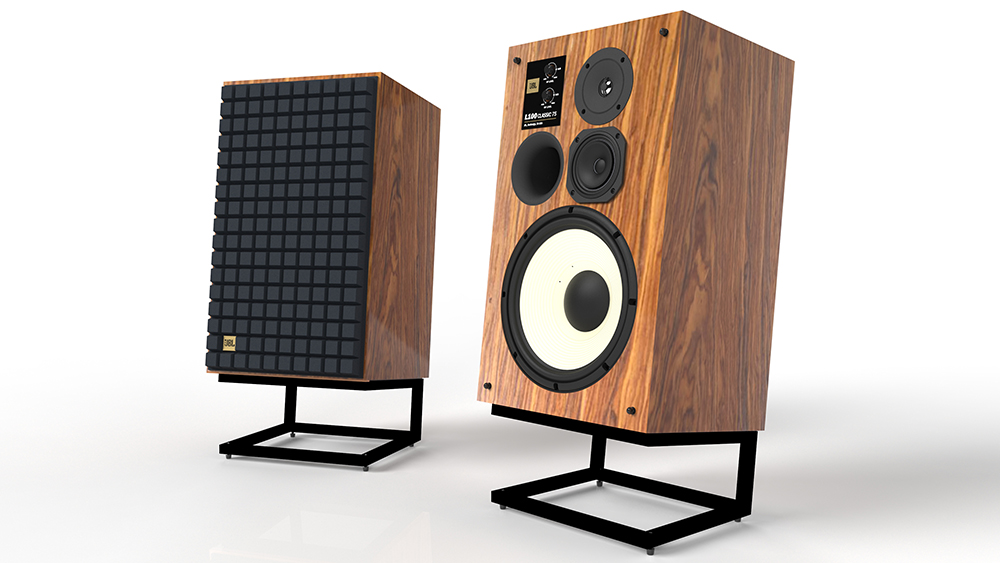
How did you come to work for JBL?
My first job in audio was at Rogersound Labs here in Southern California in Canoga Park, in fact, designing speakers. In 1988 I looked for another place to work, and I started sending out resumes. You know, the internet didn't exist then, so you type something up and mail it out. I actually got a response pretty quickly from JBL. I gave the interview and the next thing I knew I was working on the L100 T3 and the L20 T3 projects.
What do you do at JBL now?
It’s largely the same thing I've always done, which is designing speaker systems. I participate in the cabinet design to make sure that the cabinets are acoustically and mechanically sound. And I take part in driver selection as much as possible. Usually it's cost constrained, but in the JBL Synthesis SCL-2 high-end in-wall speaker I chose the 8-inch woofer, and then I designed the crossovers.
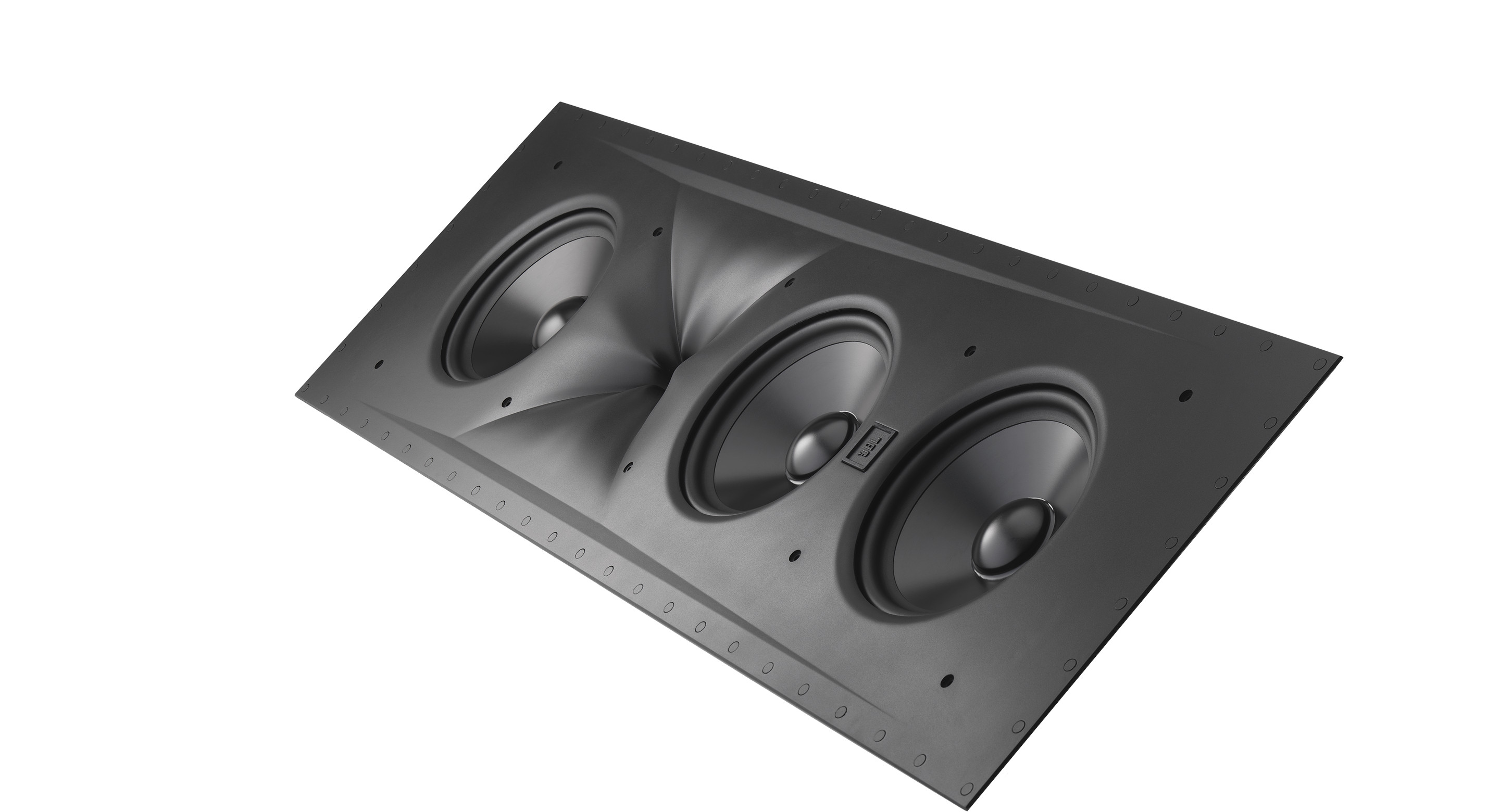
What's the process involved in bringing a speaker range to market?
Most times the original idea comes from the market or from JBL's Future Roadmap Plan, but occasionally from the engineers too.
So, the decision on what the range should be is typically based on market analysis and sales input. When it comes to budget, that comes down to looking at return on investment and the cost of the model and so forth.
It's a bunch of spinning plates that, you know, you have to look at everything, make sure it's all in line. And once it’s in line then it goes through.
What happens next? Is the engineer assigned at that point?
An engineer is already involved at that point, because the engineer has to help flesh out what it's going to be like, so that a costing can be done.
What do you think differentiates JBL from other speaker brands?
I think it's all that research and knowledge about what will work and what won't work – or how to actually figure out if it will or won't. I've worked at other places that really haven't figured that sort of thing out. It's more somebody's guess, rather than something quite as organised and thoughtful.
At the same time, I think that one of the things that we've done really well is the engineers also keep the production process in mind so that we can control what goes on at the factories we use. And so the products produced are exactly the high-quality level we demand. The quality is good enough that people would say: Oh, it's like it was built in Northridge still.
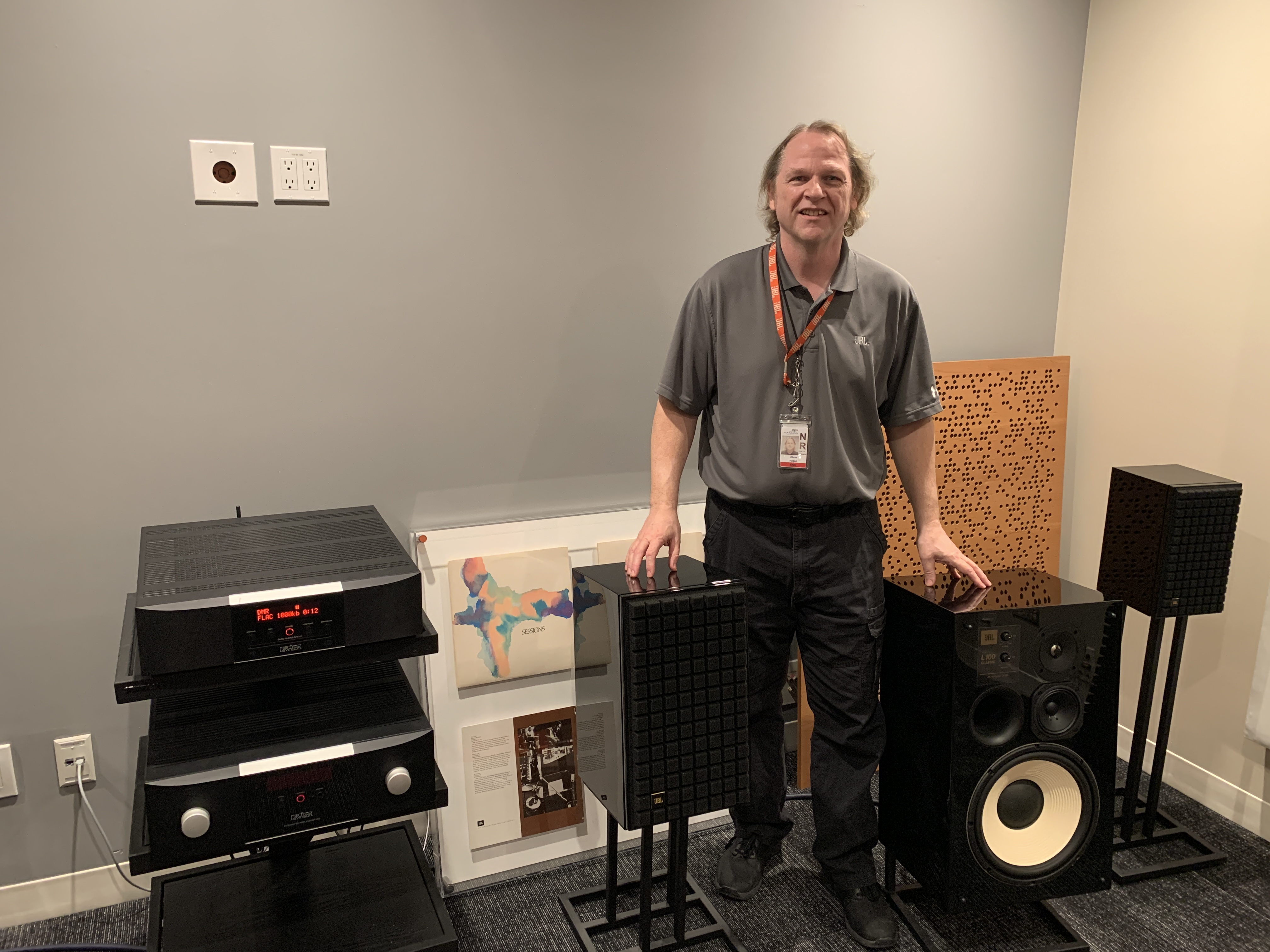
Do you think there's anything that makes JBL stand out in terms of sonic performance?
Oh, yeah. The whole viewpoint of looking at the speaker and how it works in the room. We work hard to study the off-axis response and control it.
When you control all that off-axis sound, the speaker becomes less room dependent. You can put it into multiple different rooms and still identify that speaker as sounding great.
What is your favourite JBL speaker?
My favourite JBL speaker right now is the 4349. That's because it sounds very similar to the top-end in-wall SCL-1 at less than half the money. It only really loses out at maximum output level against many of the more expensive speakers in our range. But it's also physically viable. Yes, an SCL-1 is better, but I don't have room for one 166-pound speaker in my room, let alone two of them.
The same applies to classic JBL products such as the Hartsfield and the Paragon. I mean, they're lovely, lovely speakers, but at the same time, I don't have room for them; but I do have room for 4349s. I really love how they sound.

Measurement or listening, which takes priority?
For me, it's always listening. In fact, when I developed the crossover network for the 4349 and the SCL-1, while I started virtually, I didn't feel it was done until I listened. That’s when I made slight adjustments until I was happy. When I measured the results of those changes, I found that what I had done was very minor curve-wise, but a difference of night and day in terms of the acceptability of the speaker.
JBL is well known for its use of compression driver designs. Why does the company use them?
The advantages are a higher level of maximum output and this gives you greater dynamics. Also, the very, very light diaphragm improves dynamics too.
However, such drive units come with a cost, and that is literally their cost. Typically, they use neodymium magnets, the price of which has soared. Also, compression drivers need very precise manufacturing to work properly, and not everyone can make them to that level. But the benefits are worth the attempt.
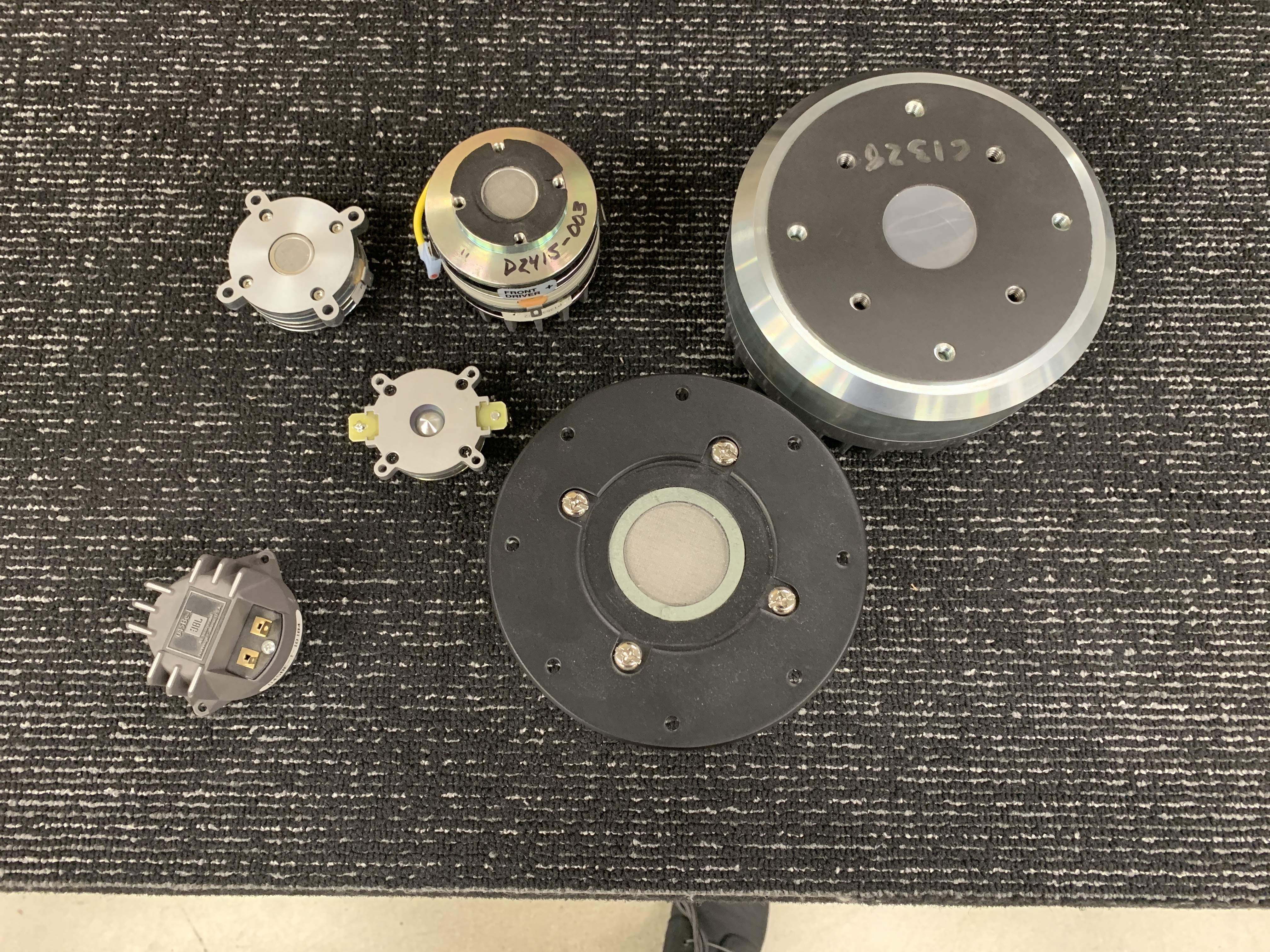
Why don't more manufacturers use horn loading?
I think because there are still old wives' tales about horn sound. You know, there were a lot of horn systems made back between 1950 through to 1990 that had kind of an obvious horn sound to them. Many recent horn speakers seem to be more about visual impact. What we like to show here at JBL is that a horn can be designed so it doesn't have to be outrageously huge or have the typical horn sound.
What's your reference system when you're developing a speaker?
It varies. My reference systems are my home systems and I have multiple. A lot of them were designed by me. I still have my JBL L7s from back in 1991. They're still working great. And yes, I have L100 Classic 75s at home and I've got 4349. But we also take a look at what’s in the marketplace to get an idea of the calibre we have to be at. So, it’s a combination of calibrating against what we’ve done in the past and what the industry is doing.
Which non-JBL product do you admire the most?
I would say that I'm drawn more to really well-designed electrostats. To me, they just sound gorgeous and so detailed.
That’s a real contrast to the kind of speakers that you make here.
Yeah, but when you compare something like the 4349, or an SCL-1 to them, the JBL products actually keep up because of how light the compression driver diaphragm is, and that matching of acoustic impedance. It gives you something that can go from just a whisper or a breath being drawn to just absolute power. Electrostats can’t match that.
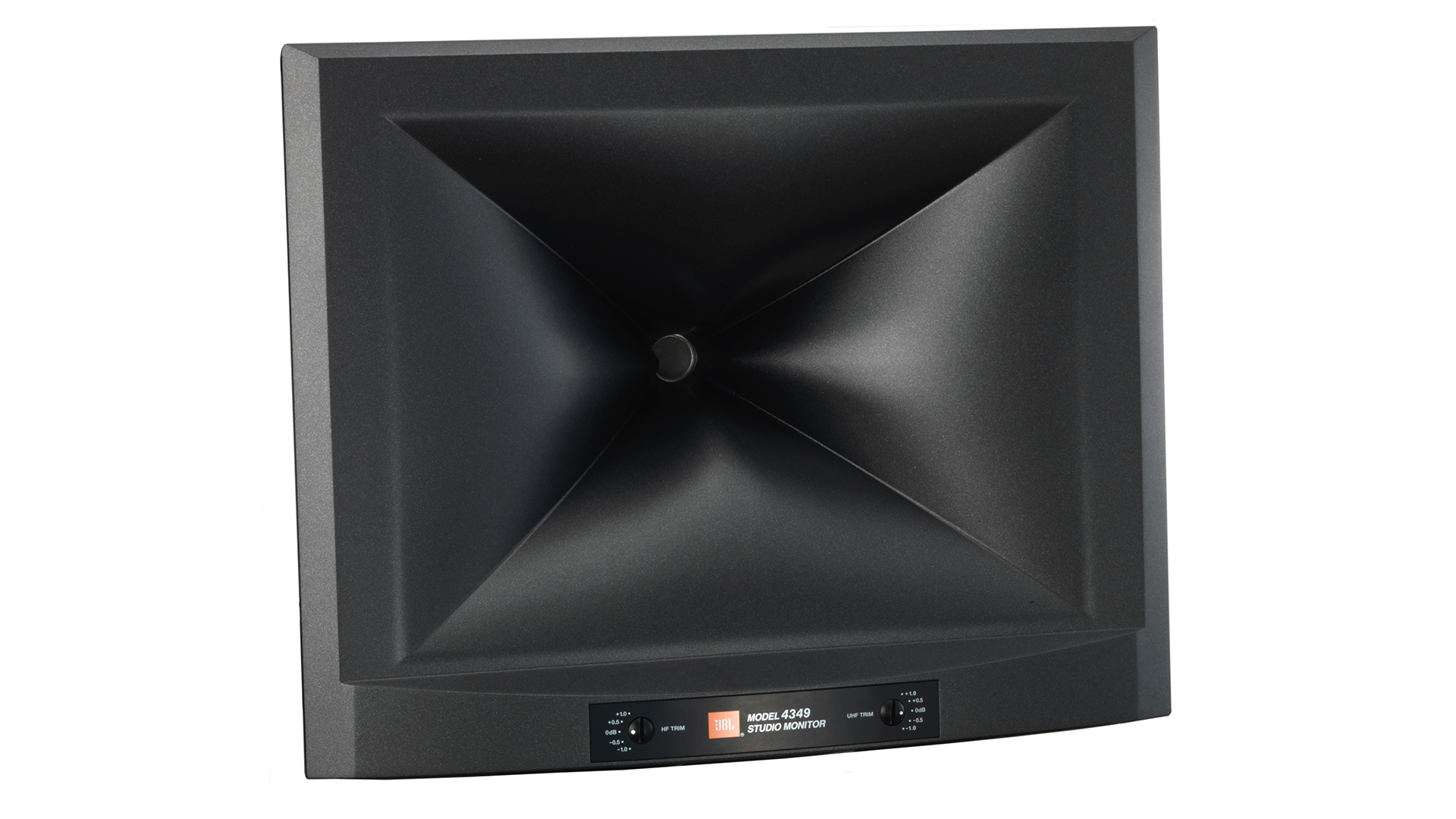
What are your three favourite albums?
One would be Creedence Gold. Creedence Clearwater Revival is from the area I grew up in and went to the same school, so I have a fondness. Oh, man, this is so hard. Next, I would say Led Zepplin II. It's hard to pick just one of their albums because I love them all. My last choice is Mannheim Steamroller’s Fresh Aire III. I remember hearing that at an old audio show in the 70s and just thinking, "Wow, this is cool". I still go back and play that. It’s not a good demo now because of how it's mixed, but it’s still wonderful.
What kind of speakers do you think will be listened to in 20 years' time?
I think we'll see powered speakers as less niche and more central to what we listened to. The industry has moved towards different types of products with a lot of crossover in terms of functionality. TVs, AVRs, PlayStations and Xboxes all have smart tuners built-in, and it’s all very confusing at the moment. I think it will sort itself out though, and I don’t think the gaming consoles will be the winners.
At the same time, the revival of interest in turntables means there is likely to be a pick up of interest in passive speakers, which in turn will spur an improvement in the powered speakers. I think that improvement will just feed all around.
MORE:
Read our review of the JBL L100 Classic
And of the JBL 4349 speakers
Here are all the best stereo speakers you can buy

Ketan Bharadia is the Technical Editor of What Hi-Fi? He has been reviewing hi-fi, TV and home cinema equipment for almost three decades and has covered thousands of products over that time. Ketan works across the What Hi-Fi? brand including the website and magazine. His background is based in electronic and mechanical engineering.
